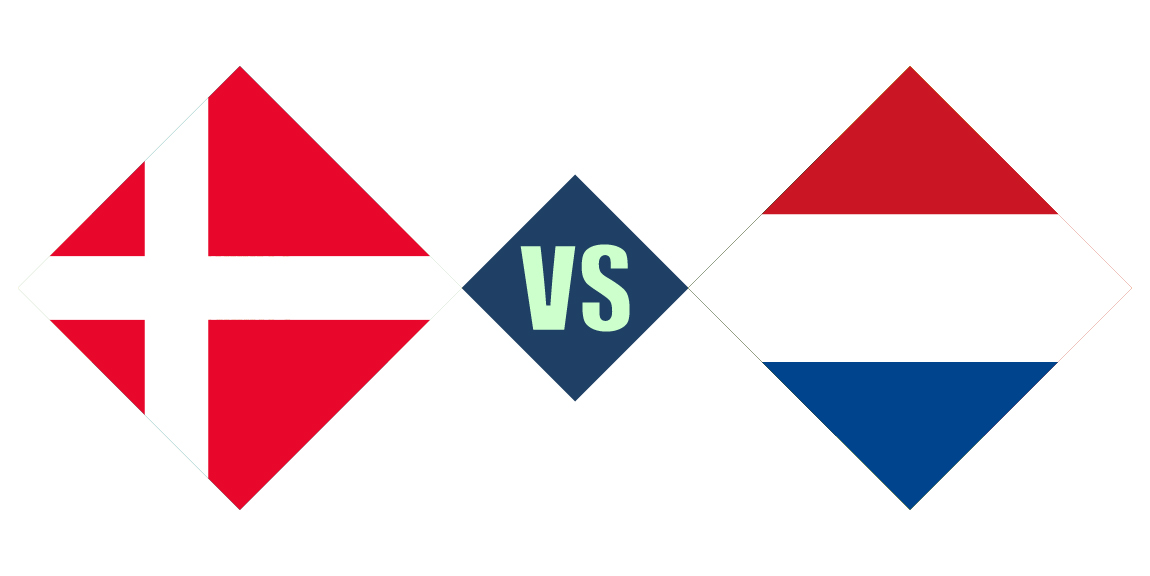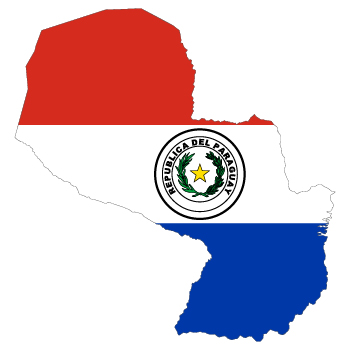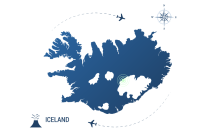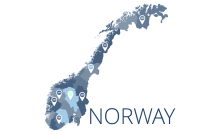Geography and Location
When comparing the Netherlands and Denmark, it’s essential to consider their geographic location. The Netherlands is in Western Europe, bordered by Germany to the east and Belgium to the south. On the other hand, Denmark is located in Scandinavia, bordered by Germany to the south and Sweden and Norway to the north. One of the significant differences between these two countries is their languages. While both countries are European and Germanic languages are widely spoken, Dutch and Danish are pretty different. Dutch is a Germanic language that Dutch people speak, whereas Danish is a Scandinavian language that Danes speak. The English language has Germanic roots, evident in its vocabulary and linguistic structures.
Regarding the official language, the Netherlands uses Dutch, while Denmark uses Danish. Dutch has much influence from German and English, while Danish is influenced by Scandinavian languages such as Norwegian and Swedish. The Dutch language is known for its unique sentence structure, which can be challenging for English speakers. Meanwhile, the Danish language is notable for its use of the Dano-Norwegian alphabet, a variation of the Latin alphabet used in Norway and Denmark.
You’ll find locals fluent in English as a foreign language in Dutch and Danish cities. However, Dutch vocabulary may differ significantly from Danish, so travelers to these countries should be prepared to encounter some unfamiliar terms.








